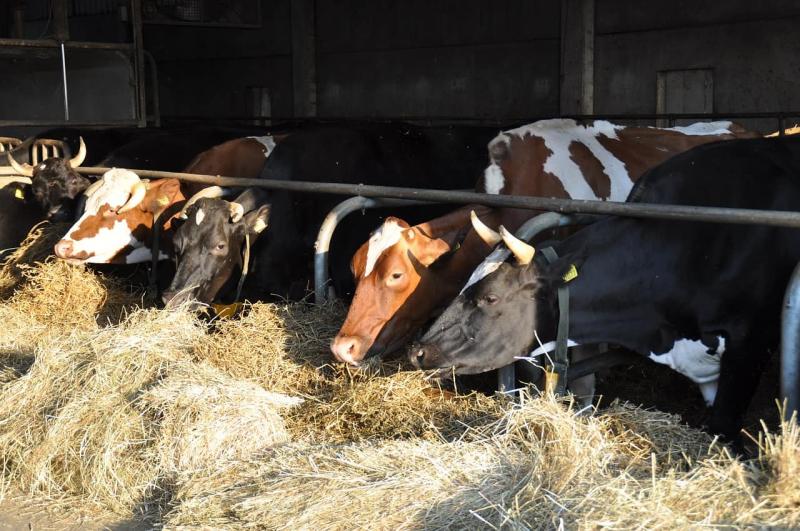
World Bank will give Kazakhstan a loan of 460 mln. euros for development of cattle breeding in the country. The agreement on the loan was signed by the country's Prime-Minister A.Mamin and the World Bank's Vice-President for Europe and Central Asia Region A.Bjerde. World of NAN asked the WDB representative office in Kazakhstan for comment for full information and clarification of the key points of the project.
As it was noted in the representative office of WBD in Kazakhstan, the purpose of program development is to support the development of environmentally sustainable, competitive beef production in Kazakhstan. In this case, a special role is given to inclusiveness - the supply of livestock by local farmers to feedlots. The allocated funds will be used to improve the country's veterinary service system, to scale up farmer-oriented service delivery, as well as to implement a "green growth" policy for the beef cattle breeding sector.
According to the WDB representative office in Kazakhstan, the project will help increase export, production and processing of beef, stimulate the growth of small and medium businesses, and create opportunities for socio-economic development in rural areas. Through the project, the country plans to boost agricultural productivity, increase environmentally friendly production and improve use of Kazakhstan's vast pasture potential. It is expected that as a result of about 20,000 small and medium-sized farms will become full participants in export value chains.
As part of the implementation of the Program, links will be established between farmers and feedlots. This means that all exported beef from slaughterhouses and meat processing plants will come from feedlots. The value of beef exports as a factor of competitiveness will be measured in terms of the annual value of beef sold for export through abattoirs and meat processing plants.
Small and medium-sized farms will be able to participate in the so-called "farmer-oriented programs. The main parameter for participation will be the indicator of sale of at least ten calves a year for the last two years to fatteners.
"Kazakhstan has made progress in improving its state veterinary services, as evidenced by an evaluation by the International Organization for Animal Health (OIE). However, further improvements are needed to guarantee access to quality veterinary care and services to improve livestock productivity, especially for small and medium-sized livestock producers. In addition, further improvements are needed to bring Kazakhstan's animal traceability systems in line with international best practices," the OIE stresses in its assessment of the current situation.
As the Kazakhstan office noted, the program will adopt a farmer-centered model. This means that small and medium-sized farmers will be supported in establishing links to high-value-added value chains focused on meat exports. However, not all farmers will be able to qualify. Registered peasant or family farms with 10-500 head of cattle that supply cattle to the fattening areas are allowed to participate in the project. They must be registered, have access to state programs, and meet certain criteria for implementation of best agricultural practices. Those selected will have the opportunity to improve farming practices, adopt better farm management practices, graze livestock, and improve the quality of their livestock, benefiting from participation in meat value chains.
With WDB funding, Kazakhstan has an ambitious goal of creating 20,000 new modern small and medium-sized farms and promoting best agricultural practices in at least 100,000 small and medium-sized farms. That is, 20,000 farmers will be supported to create businesses and increase sales of high quality livestock to feedlots.
It must be emphasized that environmental sustainability will be key to the program's implementation, which will receive careful consideration.
"Environmental sustainability is important to the development of today's export-oriented meat value chains because today's consumers, in both developed and emerging markets, demand products that are produced with little impact on the environment and climate. Beef production is typically associated with high greenhouse gas emissions, land degradation and other negative impacts. Thus, it is especially important for the Program to address these issues," the WDB notes.
In this regard, the WDB intends to address the reduction of greenhouse gas emissions through government subsidies and the creation of mechanisms for monitoring greenhouse gas emissions.
Sustainable management of farmers' pastures, application of good livestock practices, strengthening of veterinary systems, and food safety will also be under special control.
The WDB Program is designed to minimize corruption risks. First, during the preparation of the Program, the World Bank conducts detailed assessments of the financial management systems of all agencies that are directly related to the implementation of the Program. These assessments include the adoption of measures that will reduce the risk of corruption and fraud in the Program. Second, during the implementation of the Program, the World Bank will disburse funds only if there is evidence that the appropriate result has been achieved. To this end, the World Bank and the Government will put in place a system of independent verification of the Program results.
In 2004, the Bank was already preparing a report on livestock sector in Kazakhstan, which highlighted some important issues for the sector's development. Much has changed since then. The WDB recognizes that Kazakhstan has significantly improved its veterinary system: the animal health situation in Kazakhstan is much better than it was 15 years ago, and much better than the rest of the Central Asian region. But to improve the sector's competitiveness, the WDB believes it needs to improve feed production and storage, introduce more sustainable production systems for high-quality cattle and sheep, and improve supply chains, such as including small and medium farmers in export-oriented value chains, income generation and job creation, and increasing the scale of agricultural advisory programs and farmer training.
Monitoring and verification of program results is at the heart of the Program's financial tool, the Results-Based Program. All of the outcome targets are linked to the repayment of a portion of the loan. Achievement of each goal must be independently evaluated, and only after verification will the World Bank pay out a portion of the loan.
"For example, we have a goal of creating 20,000 small and medium-sized farms, and this goal is tied to the repayment of $100 million. How do we measure this goal? First, we outline the criteria by which small and medium-sized farms are determined to be eligible to participate in the Program. Once all the criteria are met, participants are considered established farms. Once the goal is achieved, the corresponding funds are transferred to the Ministry of Finance of the Republic of Kazakhstan, which is the party that signed the agreement for the Program on the part of the Government of Kazakhstan," the WDB stresses.
What will farmers get from participation in the project?
At least 100,000 household farms and small and medium-sized farms will benefit from improved agricultural extension and extension services under the Program-supported activities. At least 20,000 new farmers will receive a variety of agricultural support measures that will facilitate the establishment of new livestock farms. Many farmers are expected to receive improved veterinary care. Even unregistered farmers with a small backyard of 2-5 cattle will also have access to veterinary care. Eventually, it is expected that many private farms will register as peasant or farmer households - increasing their legal status, which will allow them to benefit from improved government services, financing programs and market linkages. As a result, farms participating in the project are expected to increase their production and become more viable producers of cattle.
Borrowed funds will go to the single treasury account of the Ministry of Finance of the RK and replenish the general budget of the Government. The Ministry of Agriculture of the RK will receive budget allocations as usual. The Ministry of Agriculture of the RK will also allocate appropriate budgetary resources to achieve the goals of the Results-oriented Sustainable Livestock Development Program.
The program supports increased meat production and value-added in the domestic market, which contributes to increased domestic food production, reduced dependence on imports and increased incomes of the rural population.
To formally enter into force, the loan agreement must be ratified by the Parliament of the Republic of Kazakhstan.






































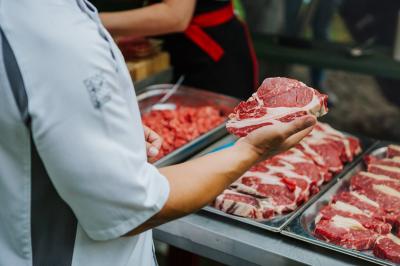
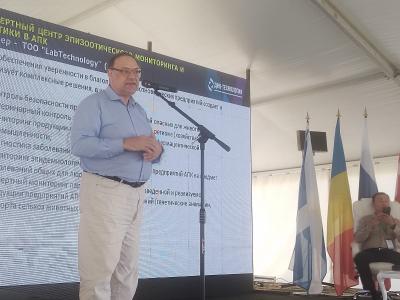
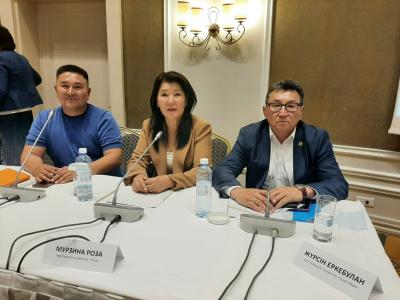
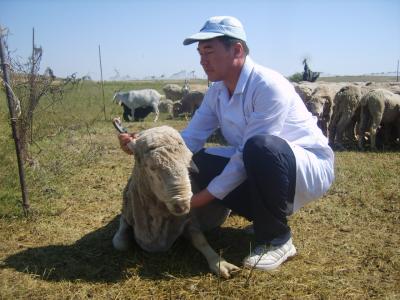
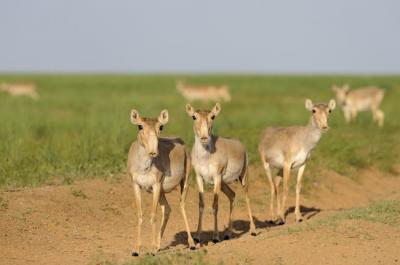

Обсуждение